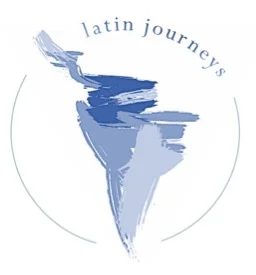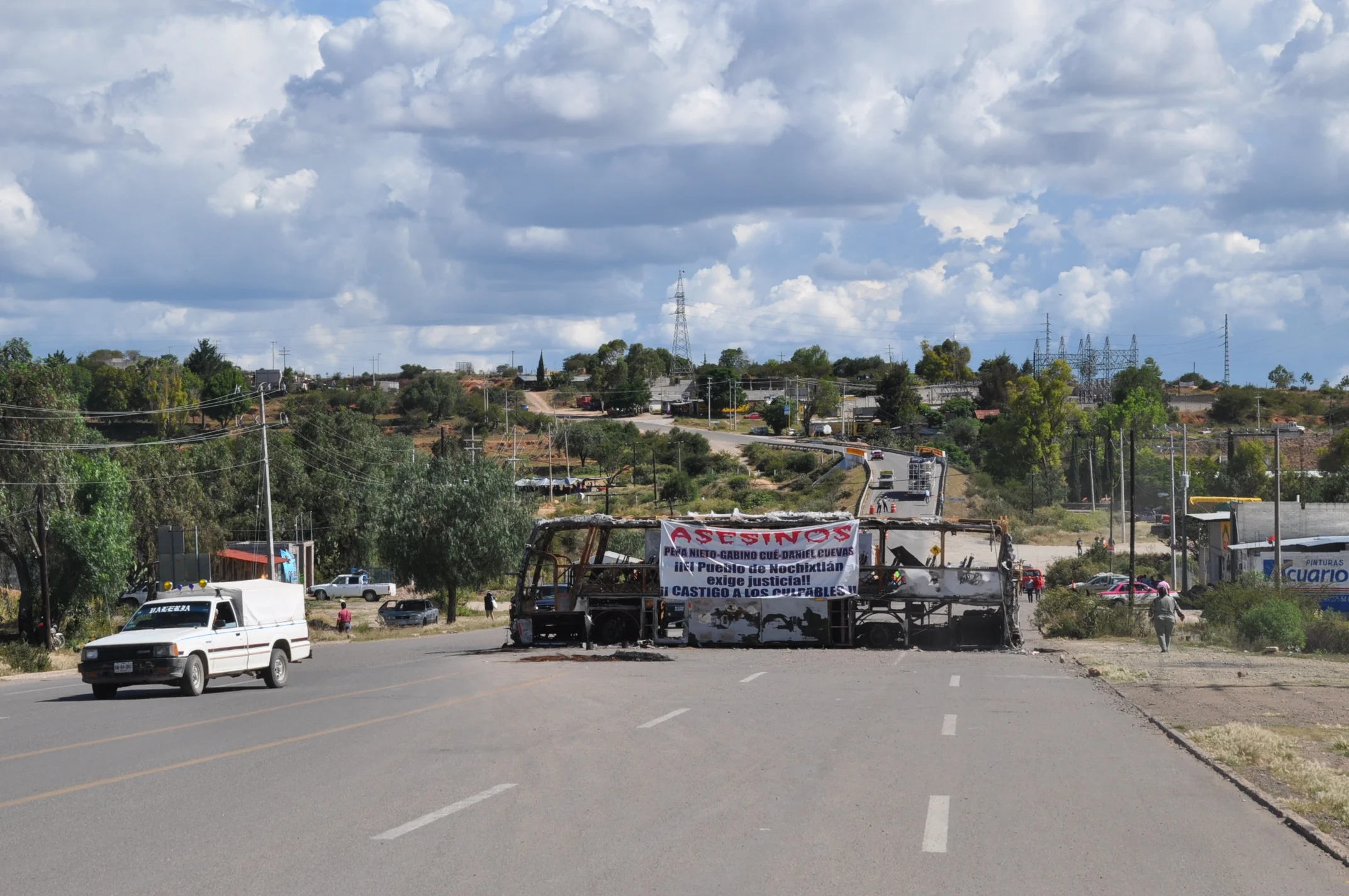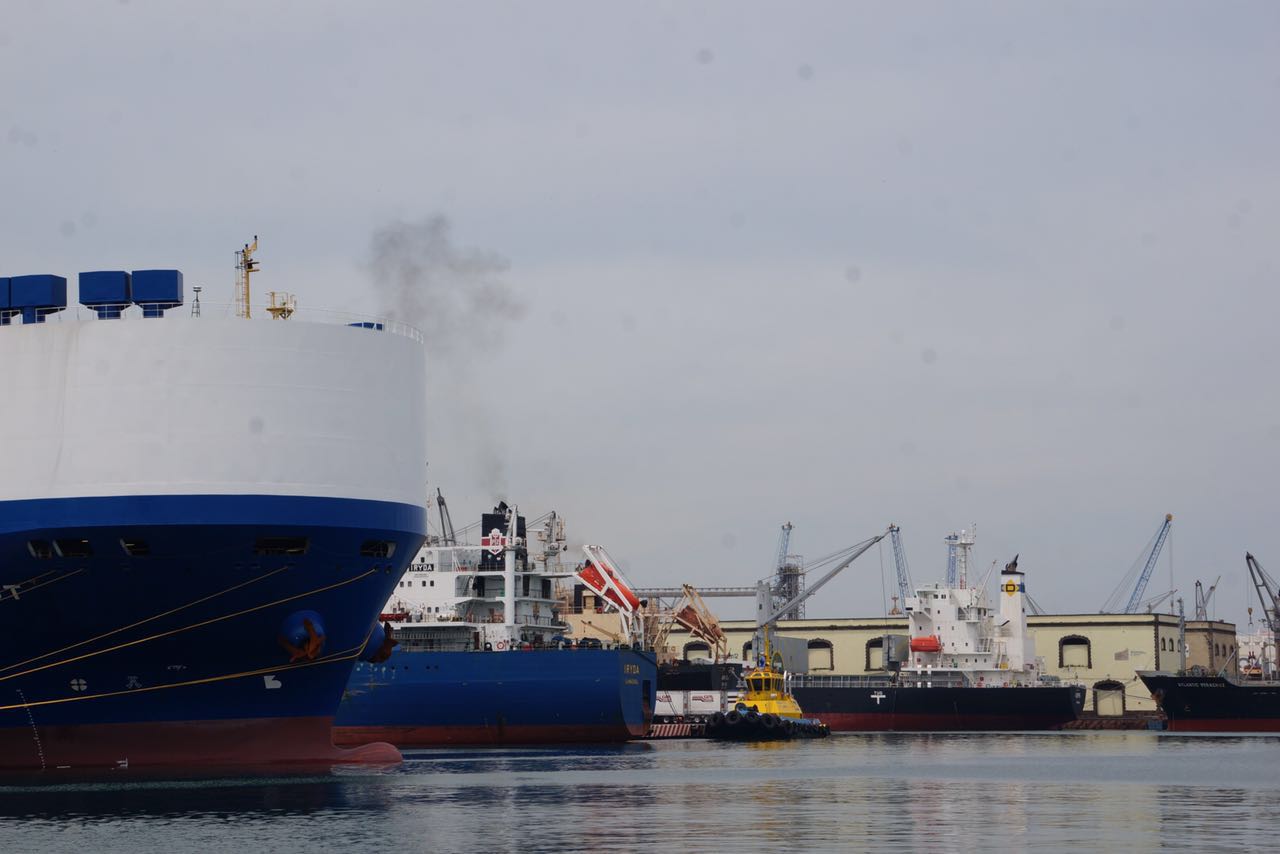Cruising for a bruising
Last week, Holland America Line, an Anglo-American-owned cruise operator, announced that its ships would not be calling in to Acapulco in the near future. Although arrivals had been suspended a few years ago, the company recently stated that operations in the city would resume in October 2017. Holland America Line cited security concerns as the reason for the latest U-turn.
This is a big blow for Acapulco. Cruise ships can bring to shore a couple of thousand tourists a go who pump significant sums of money into the local economy: a city dependent on tourism. Holland America Line would have docked eight ships in Acapulco in 2017 alone.
The news also came as Mexico’s largest annual travel expo, Tianguis Turistico, was underway in the city. In attendance were the President, Peña Nieto, and several other senior government officials. The irony is that Acapulco had been chosen to host the event specifically to promote it as a destination, with many international travellers shunning the once glamorous resort due to fears of insecurity. During a speech, the President told the audience that it was thanks to Acapulco that Mexico was propelled onto the World stage, and Mexico was, therefore, indebted to the city and would help inject new life into tourism.
It is a difficult situation. Obviously, a cruise company has a duty of care to its passengers, and advertising stop-offs at at the world’s fourth most murderous city, in Mexico’s most violent state, is not an easy task. But, as mentioned in the previous article on this website (‘Going loco, down in Acapulco’), it is all relative. In recent years, there have been no incidents relating to cruise passengers and the violence, according to a local, is predominately away from the strip and only between the cartels. “Mexicans and foreigners continue to come here, have a good time, and are always surprised by how safe and comfortable they feel… there is violence and petty crime in many tourist hotspots, not just Acapulco, but we get a bad reputation”.
Passing the cruise terminal on a recent trip to Acapulco, the author witnessed that it was well guarded, and when they arrive, passengers are chaperoned to the tourist drag or taken on excursions out of the city. Then again, security is a doubled-edged sword. Having armed police and soldiers patrol the beaches means people might feel safer, but it is without doubt off putting and may sow seeds of doubt in the cruise companies, who are selling idyllic holidays of a lifetime.
There may be other reasons, beyond security fears, for Holland America Line pulling out of Acapulco. Extortion money may be a factor. Also, a lack of investment in the cruise industry in Mexico as a whole has seen the once world’s leading destination in the industry experience a decline in vessels since 2008. To regain global competitiveness, Mexico’s ports need to modernize infrastructure and provide more funds for operations such as dredging.
It is not all doom and gloom, however, for Acapulco. The city announced yesterday that it has 28 confirmed cruise ship calls this year which will bring in large numbers of tourists. The port is also working closely with Holland America Line to see what can be changed security-wise to tempt them back.





